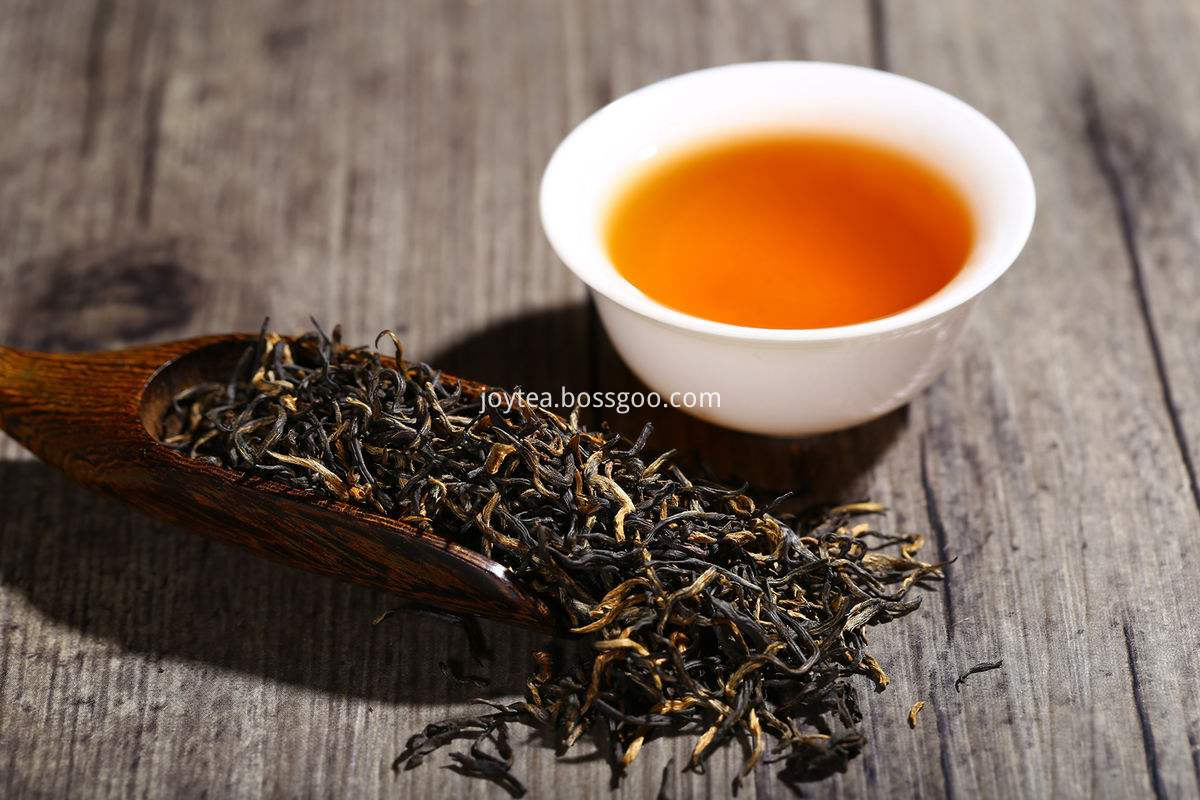2. When the soil is turned, the soil blocks are crushed, the mu-paved barn fertilizer is 1500-2000 kg, the superphosphate is 50 kg, and it is turned into the soil. The width is 1-1.2 meters wide and the width is 45 centimeters.
3. There are three types of seed drilling, sowing and sowing in the following types. In the flat surface, use a hoe to open shallow trenches, about 5 cm in depth, 13-17 cm in spacing, 5-7 cm in spacing, align two lines in each furrow, and shoot upwards; cover coke ash and apply 2500 per mu. Kilograms, 50 kg of cake fat, and finally put the soil inside the trench into the surface 7-8 cm after the seed side cover, favorable seedlings. The next kind of depth is about 7-8 centimeters.
Secondly, from late November to late December, Shidong fertilizer first lightly cultivates the glutinous rice noodles, spreads the cake fat, spreads 50 kg per acre, and applies 1500-2000 kg of bar fertilizer (the pig bark shatters); 1,000 kilograms of mu is applied and a small amount of soil is covered.
Third, late January to early February
1. Fertilizer seedlings unearthed should be chased once. It is generally advisable to use 1000-1500 kg of albino manure or 1000 kg of 1% ammonium sulfate solution in the morning or evening. Afterwards, the leaf color fertilizer was applied.
2, pull the grass before the spring before the grass pulling, pulling grass, before and after a total of four times. The first time it was first emerged; the second was in mid-February.
Fourth, in mid-March to early April, the third and fourth time weeding weeds, weeds, and weeds in the ditch.
2. Irrigation watering or watering in the dry season or when there is little rainfall, keep the soil moist. Too much rainwater should be drained in a timely manner so that no water accumulates in the trench.
3, prevention and treatment of pests during the growth period of downy mildew, rust, sclerotia, etc., can be used 40% calcium aluminum phosphate wettable powder 300 times liquid control. Spray once every 7-10 days, continuous spraying 2-3 times. Sclerotinia disease can be applied with 2 kg of 5% ammonium chloride powder, or sprinkled with 1:3 lime and ash.
Five, from late April to early May
1. When harvesting and excavation, remove the weeds from the surface of the plant first, then turn them over and pick up the tubers. Then again, crack the clods and pick up the tubers.
2. Select tubers to retain the fresh tubers of the year and remove the parent tubers. Seed tubers are preferably 1.4-1.6 cm in diameter.
3. Store the tubers in the room for several days, and the surface of the soil will be white and fall off to be stored. (1) Indoor storage. Select shade, high dryness, and ventilated mud, surrounded by rectangles of bricks or stones, about one meter wide, and not limited in length. Store 7-10 cm of dried yellow mud or fine sand on the storage place first. Tubers 15-20 cm, then covered with a layer of mud or sand. (2) Storage of bamboo grass. Choose a bamboo basket with pores, spread rice straw or fine clay around the bottom of the bowl, place the tubers, cover with fine mud or fine sand, and put them in a cool, dry room.
4, processing (1) grading screening. The sieve diameter is 1.2 cm and the tubers are sieved on the sieve to divide the size into two sizes. At the same time, weeds and mud blocks are sorted out and placed in baskets.
(2) Wash. Put tubers in baskets, place them in water or in creeks, and use your feet or hand to scoop the skin, wash and drain.
(3) boiled. Use a cauldron, put the water in the pot and boil the water. When the air bubbles rise in the water, pour the tubers into the pot to submerge the tubers. When stirring steam, stir it so that it heats evenly. Boil time, 4-6 minutes for large tubers; 3-4 minutes for small tubers. In the process of cooking, several tubers of moderate size should be selected for inspection. The tubers should be cut horizontally across the tubers. If the cut surface appears yellow and white, the surface tuber must be continued to cook. If the cut surface becomes yellow, it can be picked up. A pot of fresh water can be cooked 3 to 5 times. When the water turns yellow and cloudy, change the water. Every time you put tubers, add some water to keep the water level in the pot to a certain level, which is conducive to processing.
(4) Dried. Cooked tubers should be exposed on bamboo curtains or clean concrete floors. Tubers should be spread thin, turning to work. After 3-4 days of exposure to the sun, it was placed in the room for a few days to induce extravasation into the interior, and then continue drying for 2-3 days. In case of rain, it can be dried in a drying room at 50-60°C. The dried tubers are bagged into the storehouse.
Black Tea belongs to full-fermented tea, which is a kind of tea refined by a series of technological processes, such as withering, rolling (cutting), fermentation and drying, with suitable new tooth leaves of tea trees as raw materials. Black tea gets its name from the soups and red undersides of its dried tea leaves.
The main effect of black tea is: refreshing fatigue, quenching thirst and relieving heat, diuresis, anti-inflammatory bactericidal, detoxification, strong bones, anti-aging, stomach, vasodilator and so on.
Black tea are produced by Joy Tea Co.,LTD with high quality,better price and good appearance. Welcome cooperate and win together! For inqury, please send mail directly.

Black Tea
Organic Black Tea,Delicious Black Tea,Delicious Red Tea,Benefits Red Tea
JOY TEA CO., LTD. , http://www.joyteaco.com
